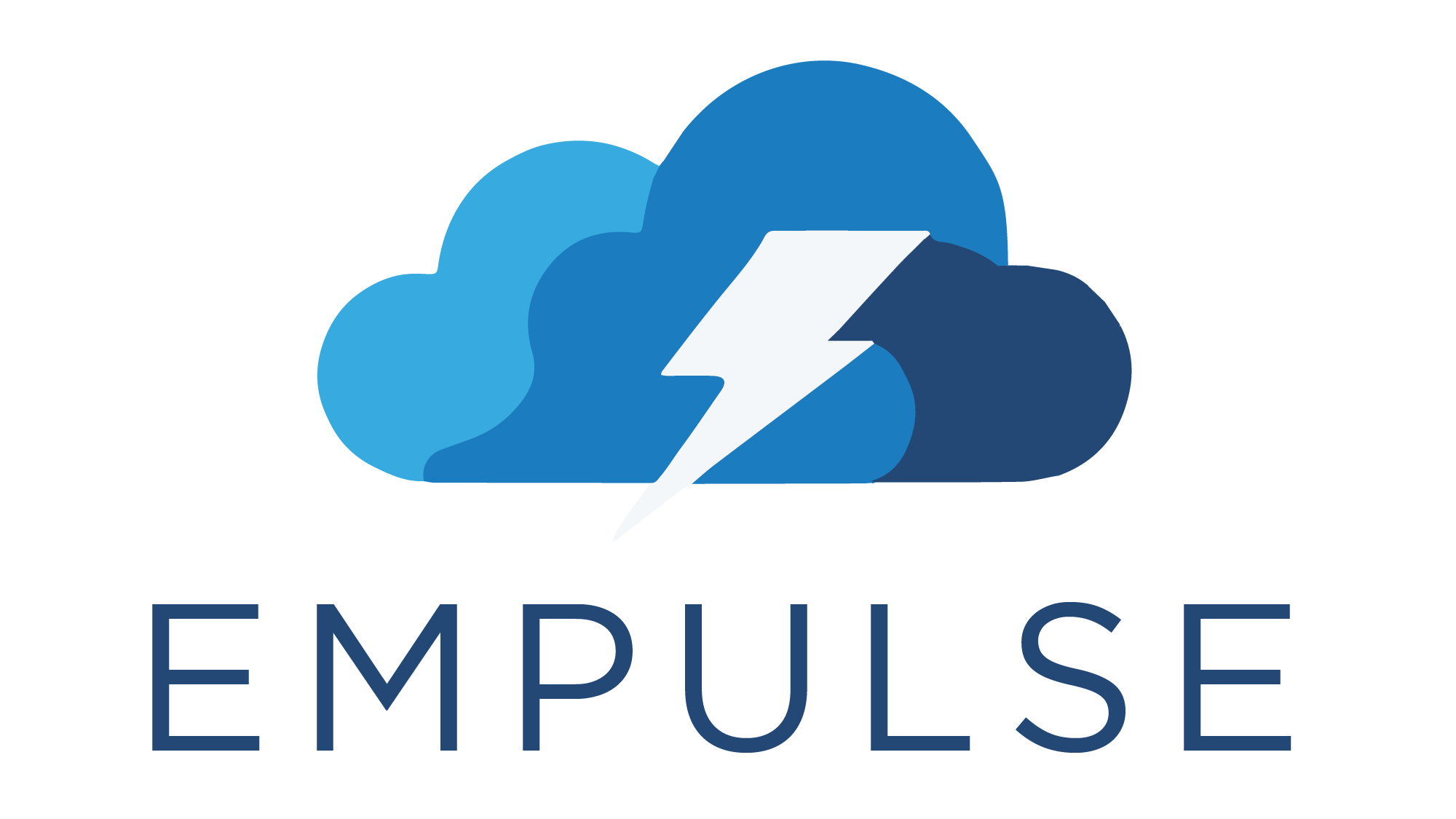expected_cost_loss_churn#
- empulse.metrics.expected_cost_loss_churn(y_true, y_proba, *, accept_rate=0.3, clv=200, incentive_fraction=0.05, contact_cost=1, normalize=False, check_input=True)[source]#
Expected cost of a classifier for customer churn.
The cost function presumes a situation where identified churners are contacted and offered an incentive to remain customers. Only a fraction of churners accepts the incentive offer. For detailed information, consult the paper [1].
See also
B2BoostClassifier: Uses the instance-specific cost function as objective function.- Parameters:
- y_true1D array-like, shape=(n_samples,)
Binary target values (‘churn’: 1, ‘no churn’: 0).
- y_proba1D array-like, shape=(n_samples,)
Target probabilities, should lie between 0 and 1.
- accept_ratefloat, default=0.3
Probability of a customer responding to the retention offer (
0 < accept_rate < 1).- clvfloat or 1D array-like, shape=(n_samples), default=200
If
float: constant customer lifetime value per retained customer (clv` > incentive_cost). Ifarray: individualized customer lifetime value of each customer when retained (mean(clv) > incentive_cost).- incentive_fractionfloat, default=0.05
Cost of incentive offered to a customer, as a fraction of customer lifetime value (
0 < incentive_fraction < 1).- contact_costfloat, default=1
Constant cost of contact (
contact_cost > 0).- normalizebool, default=False
Normalize the cost by the number of samples. If
True, return the average expected cost for customer churn.- check_inputbool, default=True
Perform input validation. Turning off improves performance, useful when using this metric as a loss function.
- Returns:
- empc_costfloat
Instance-specific cost function according to the EMPC measure.
Notes
The instance-specific cost function for customer churn is defined as [1]:
\[C(s_i) = y_i[s_i(f-\gamma (1-\delta )CLV_i] + (1-y_i)[s_i(\delta CLV_i + f)]\]The measure requires that the churn class is encoded as 0, and it is NOT interchangeable. However, this implementation assumes the standard notation (‘churn’: 1, ‘no churn’: 0).
References

